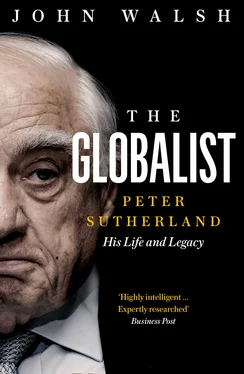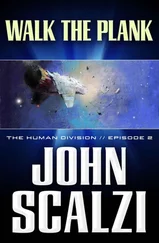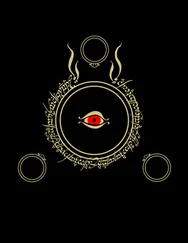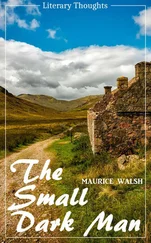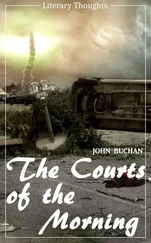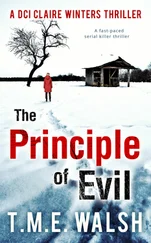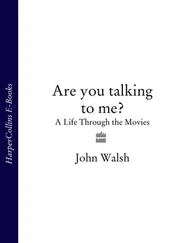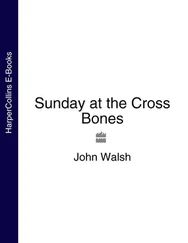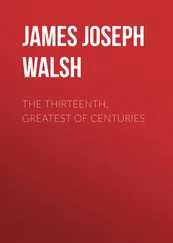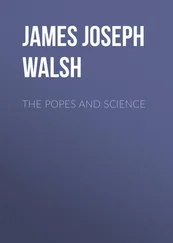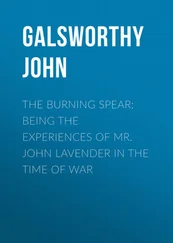There were two trials. The first trial collapsed because of allegations of bias. The second trial would eventually collapse because of a number of flaws in the prosecution’s case, including contradictions in testimony given by Haughey and Gibbons. But that was not the end of it for Captain Kelly, nor for Sutherland. The government tasked the Public Accounts Committee of the Irish parliament to investigate the IR£100,000 spent by the cabinet sub-committee. According to Suzanne Kelly, a prominent tax lawyer and daughter of Captain Kelly, Justin Keating, then a Labour Party TD, privately told Kelly that the Public Accounts Committee had been told that its remit of looking into the money was a political fig leaf. Its real purpose was to rerun the trial, except this time it was to deliver a guilty verdict.
This time Sutherland represented Captain Kelly pro-bono. According to one former colleague, anything that Sutherland did, ‘he did with all the might of a front row forward’. The first real example of this was that Public Accounts Committee. The junior barrister cross-examined Gibbons, who was by then Minister for Agriculture, with an intensity and robustness that effectively derailed the case against Kelly.
When the second trial commenced Hefferon had been dropped from the prosecution case as a witness. His original statement remained in the book of evidence and the State justified not calling him on grounds of unreliability. He was eventually called as a ‘bench witness’ by Mr Justice Henchy during the second trial.
McKenna’s examination of Hefferon on 13 and 14 October 1970 was an attempt to salvage the State’s case during the second trial. However, it only served to highlight a number of critical issues:
The change of official policy evidenced by the directive of 6 February 1970 and as confirmation of this policy, the movement of rifles and ammunition to Dundalk on 2 April 1970 on Gibbons’ orders for possible distribution. The central role of Minister Gibbons in the whole affair, of his close advance knowledge of Captain Kelly’s activities, of the plan to store the weapons and of his knowledge of the precise location for storage (in a monastery), knowledge which gave him effective ‘control’ over the weapons. The unreliability of Gibbons’ own testimony during the trial.
At the conclusion of his evidence during the second trial, as he left the witness box, Hefferon was applauded by members of the public in the gallery.[2]
The night of Sutherland’s appearance before the Public Accounts Committee, Sutherland had dinner with his father in the United Services Club on Stephen’s Green. Billy Sutherland told his son that it was a fatal mistake to take on the establishment in that manner and it would surely undermine his career prospects in Ireland. In the event, it evidently didn’t.
*
The arms crisis has remained an open sore in Irish political life. Allegations of a state cover-up have persisted. Under the terms of the National Archives Act, papers relating to the 1970 trial were released into the public domain at the end of 2000. On 18 February 2001 newspaper reports alleged that an attempt had been made, by altering Hefferon’s witness statement, to suppress evidence that would have supported the defence case, and in particular what Jim Gibbons knew about the plan to import arms and ammunition. On 10 April 2001 a Prime Time programme broadcast by RTÉ examined the issue of Hefferon’s statement in much greater detail.
The issues raised in the press and on television were the subject of a debate in the Dáil on 11 April. In the course of the debate John O’Donoghue, the Minister for Justice, accepted that the programme’s contents gave cause for concern. Pledging to make enquiries and to report back on his findings as soon as he was in a position to do so, O’Donoghue asked attorney general Michael McDowell and the Garda commissioner to respond to specific aspects of the issues raised by the programme; their contributions were to form part of the final report.
The report, prepared by McDowell, considered the allegations of conspiracy and in doing so examined the preparation and editing of Hefferon’s statement and the preparation of the Book of Evidence (the case for the prosecution), by reference to practice and procedure at the time. It considered the procedure by reference to the law of hearsay, the relevance of the state and nature of Gibbons’ knowledge as to the guilt or innocence of the accused in the trial. The scope of the investigation also included a number of documents that were not released into the public domain, including Garda reports and intelligence files felt to contain material that, if made public, could possibly lead to an action for defamation or otherwise cause distress or danger to individuals. At the time the report was compiled several items were found to be missing, including the prosecution case file, the original Garda investigation file, and the transcripts and sound recordings of both trials.
The overall report concluded that, notwithstanding the limitations of the passage of time, the absence of key evidence and the fact that some of the key witnesses and actors were now deceased, it was reasonable to infer that while the possibility of an attempt to suppress evidence could never be definitively ruled out, the likelihood was remote.
Sutherland retained Dr Brian Jackson, the head of postgraduate studies at Carlow Institute of Technology, to look at the report. The following is an extract from Sutherland’s papers based on material provided by Jackson:
While there is no doubt that the statement made by Michael Hefferon to the Gardai was extensively edited before it was included in the Book of Evidence as served on the accused, this was usual practice and was done to eliminate hearsay and other irrelevant material and was consistent with the duty imposed by S 6 (1) (d) of the Criminal Procedure Act 1967, to provide the accused with ‘a statement of the evidence that is to be given by each of them (i.e. the witnesses)’. The Book of Evidence was prepared by three lawyers on the prosecution team. They were Aidan Browne BL, Edward Durnin of the CSSO and Declan Quigley of the AGO who appears to have undertaken the bulk of the work. He received clerical assistance from Garda John Gallagher – now John Gallagher SC (identified by Michael McDowell during the course of our discussion of 24 September). The Attorney General concluded in his report that there was no evidence of any Ministerial or any Department of Justice involvement in the process around the preparation of the Book of Evidence.
Furthermore, Michael McDowell concluded that:
There was no conspiracy or strategy on the part of the Department of Justice to deceive or otherwise influence those engaged in drafting the Book of Evidence as to the true nature of Michael Hefferon’s statement to the Gardai. Notwithstanding the edited form in which the statement appeared in the Book of Evidence, the Attorney General concluded that the original statement would have been available in the court if required under S 3 and S 4 Criminal Procedure Act 1865. Evidence from heavily annotated papers belonging to Michael Hefferon and now in military archives suggests that Capt. James Kelly had sight of and was aware of the contents of the original witness statement. Given the number of actors involved within Justice, the Gardai and the legal profession, any ‘conspiracy’ would have required wide and conscious participation and in view of the inherent risk this can be discounted (a) on the basis of the absence of compelling evidence and (b) the likelihood of a more coherent and probable explanation.
Although there were no formal guidelines for the preparation of books of evidence extant in 1970, the process can be re-imagined with the help of documents from the early 1980s. By this process the AG concluded that: There was an accepted ‘editorial’ approach employed in the preparation of books of evidence in order to eliminate hearsay and other irrelevant material. It was never practice to include witness statements in their entirety. The complete statement would have been available in the court as a matter of standard procedure. Rules and practice around disclosure of documentation at the time of the trial differed from current practice and there was no general duty to disclose, as a matter of course all witness statements to the defendants. However, there was a duty to call all material witnesses and to disclose all relevant evidence.
Читать дальше
